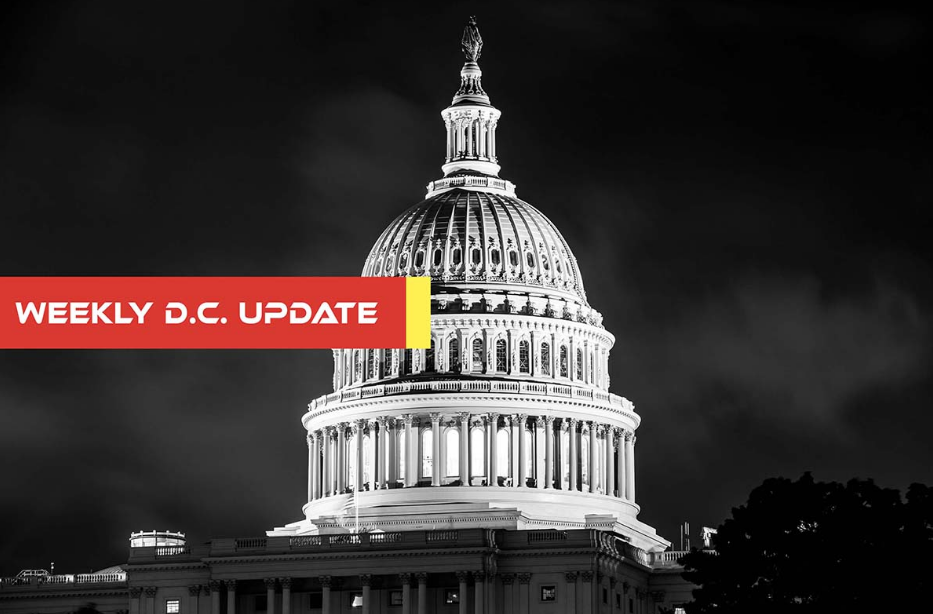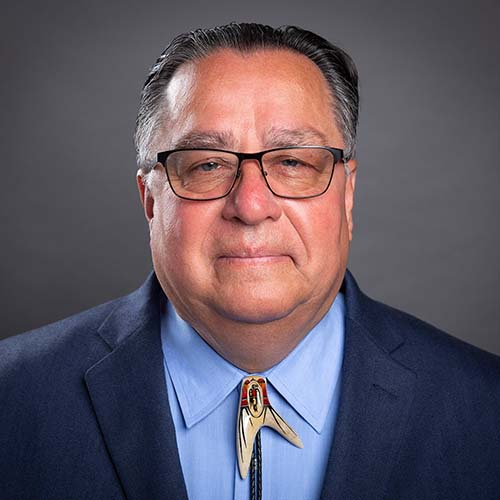
- Details
- By Native News Online Staff
WASHINGTON — In addition to articles already covered by Native News Online, here is a roundup of other news released from Washington, D.C. that impacts Indian Country recently.
FCC to Host Informational Webinar on Monday, Aug. 18
The Office of Native Affairs and Policy at the Federal Communications Commission (FCC) is hosting its inaugural informational webinar, scheduled for Monday, August 18. The agenda will include updates on the FCC’s examination of its environmental and historic preservation rules, the availability of the Tribal Library E-Rate Advocacy Program (T-LEAP), FCC’s 911 requirements for Multi-Line Telephone Systems (MLTS), and an update on implementing the Missing Endangered Persons (MEP) event code.
- Event: FCC’s Office of Native Affairs and Policy Quarterly Informational Webinar
- Date: Monday, August 18, 2025
- Time: 2:00 P.M. - 3:00 P.M. Eastern Time
- Register Here
The briefing will be conducted virtually. After registering, you will receive a confirmation email with information on how to join the webinar.
Time has been scheduled to include Q&A as part of the webinar. We will aim to answer all questions submitted during the webinar session.
Questions? Please send an email message to [email protected].
USDA Reminds Families to Pack Food Safety with Back-to-School Lunches
Back-to-school shopping usually means backpacks, notebooks and lunchboxes. But don’t forget to add food safety to the list.
Young children, especially those under age five, are more likely to get seriously sick from foodborne illness. The U.S. Department of Agriculture (USDA) is reminding parents, caregivers, and anyone packing school lunches to follow a few simple food safety steps.
Here are USDA’s top food safety tips for the school year.
Keep cold foods cold
Use at least two cold sources, such as gel packs, frozen water bottles, or frozen juice boxes. Place them on top and bottom of perishable items like meat, poultry, and eggs. This helps keep food out of the Danger Zone, which is between 40 and 140 degrees F. In this range, bacteria can grow quickly and cause illness.
Choose the right lunchbox
Use an insulated lunchbox. Paper bags are not a safe choice because they tear and leak as cold items thaw, which allows cold air to escape.
Keep hot foods hot
For hot foods like soup or chili, use an insulated container. Fill it with boiling water and let it sit for a few minutes before adding food. Dump out the water, add the hot food, and keep the lid closed until lunchtime. Hot foods should stay at 140 degrees F or higher.
Follow the four steps to food safety
- Clean: Wash hands with soapy water for at least 20 seconds before, during, and after handling food. Clean and sanitize lunchboxes regularly.
- Separate: Keep raw meat and poultry separate from fruits, vegetables, and other ready-to-eat foods. Discard any containers or bags that held raw items.
- Cook: Use a food thermometer to make sure foods are cooked to a safe internal temperature.
- Chill: Use two cold sources to keep perishable foods below 40 degrees F. Discard leftovers if they enter the Danger Zone (between 40 and 140 degrees F) for more than two hours.
For more information about food safety, call the USDA Meat and Poultry Hotline at 1-888-MPHotline (1-888-674-6854) or email [email protected].
NCAI to Host USDA Tribal Advisory Committee Recommendation Updates
The U.S. Department of Agriculture (USDA) Tribal Advisory Committee (TAC) was established by the 2018 Farm Bill to provide recommendations to USDA and Congress. In 2024, it issued its first set of recommendations. Upon the TAC’s charter being renewed, the TAC is seeking input on additional recommendations.
The National Congress of American Indians (NCAI) will host a webinar next week on Tuesday, August 19, to provide a brief overview of the 2024 recommendations and highlight new recommendations that Tribal leaders and their representatives can present to the TAC during its virtual meeting on September 18, 2025.
More Stories Like This
Native News Weekly (August 25, 2024): D.C. BriefsUS Presidents in Their Own Words Concerning American Indians
Indigenous Actor Elaine Miles Reports Detention by Alleged ICE Agents
Happy Thanksgiving from Native News Online
Coming Up on Native Bidaské: Behind the Animation: Joey Clift Talks “Pow” and Native Storytelling
Help us tell the stories that could save Native languages and food traditions
At a critical moment for Indian Country, Native News Online is embarking on our most ambitious reporting project yet: "Cultivating Culture," a three-year investigation into two forces shaping Native community survival—food sovereignty and language revitalization.
The devastating impact of COVID-19 accelerated the loss of Native elders and with them, irreplaceable cultural knowledge. Yet across tribal communities, innovative leaders are fighting back, reclaiming traditional food systems and breathing new life into Native languages. These aren't just cultural preservation efforts—they're powerful pathways to community health, healing, and resilience.
Our dedicated reporting team will spend three years documenting these stories through on-the-ground reporting in 18 tribal communities, producing over 200 in-depth stories, 18 podcast episodes, and multimedia content that amplifies Indigenous voices. We'll show policymakers, funders, and allies how cultural restoration directly impacts physical and mental wellness while celebrating successful models of sovereignty and self-determination.
This isn't corporate media parachuting into Indian Country for a quick story. This is sustained, relationship-based journalism by Native reporters who understand these communities. It's "Warrior Journalism"—fearless reporting that serves the 5.5 million readers who depend on us for news that mainstream media often ignores.
We need your help right now. While we've secured partial funding, we're still $450,000 short of our three-year budget. Our immediate goal is $25,000 this month to keep this critical work moving forward—funding reporter salaries, travel to remote communities, photography, and the deep reporting these stories deserve.
Every dollar directly supports Indigenous journalists telling Indigenous stories. Whether it's $5 or $50, your contribution ensures these vital narratives of resilience, innovation, and hope don't disappear into silence.
 The stakes couldn't be higher. Native languages are being lost at an alarming rate. Food insecurity plagues many tribal communities. But solutions are emerging, and these stories need to be told.
The stakes couldn't be higher. Native languages are being lost at an alarming rate. Food insecurity plagues many tribal communities. But solutions are emerging, and these stories need to be told.
Support independent Native journalism. Fund the stories that matter.
Levi Rickert (Potawatomi), Editor & Publisher

